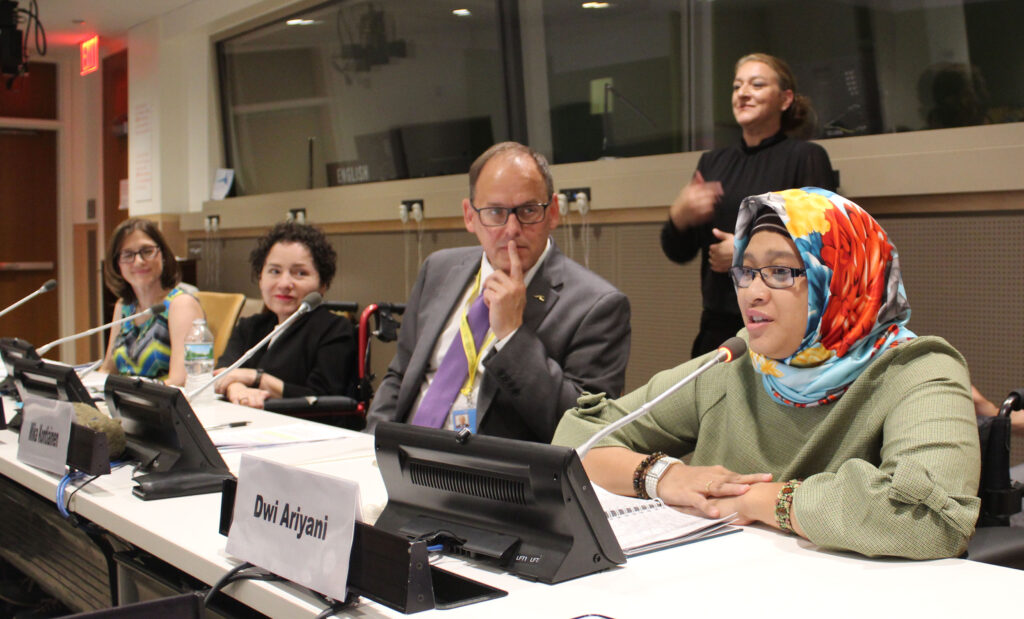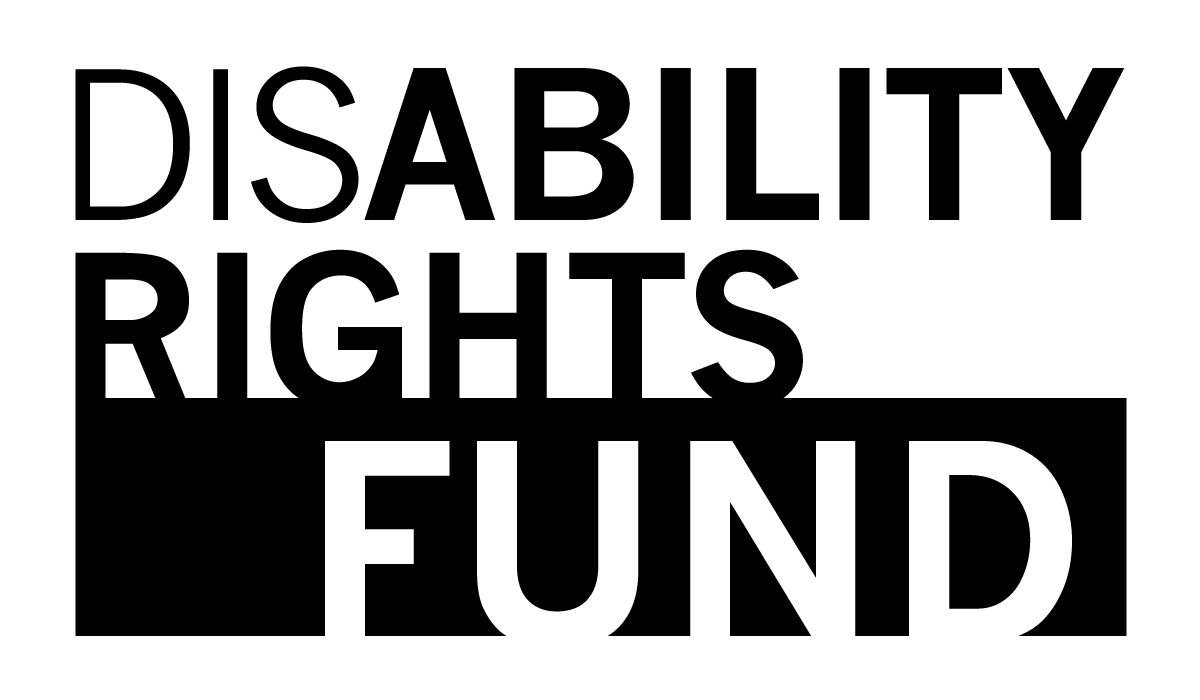
The intersection of women’s rights and disability rights can be seen in issues faced by women with disabilities, who are often ignored by women’s rights donors and who fall behind men with disabilities in terms of access to disability-specific funding. Because of this, donors addressing the disability community must consider their work with a gender lens, and women’s rights donors must learn more about how their funding can include women with disabilities. Development agencies and governments, in committing to the Sustainable Development Goals, need to ensure that women with disabilities are not left behind.
The following is a summary of a side event during the 10th session of the Conference of States Parties to the CRPD (June 14, 2017) which discussed the importance for donors to strengthen their inclusion of women with disabilities in their funding. It was co-sponsored by the Permanent Mission of Australia to the UN, the Permanent Mission of Canada to the UN, and the Disability Rights Advocacy Fund. The following is a summary of the event.
Speakers:
- Yazmine Laroche, Associate Deputy Minister, Infrastructure and Communities, Infrastructure Canada
- Mika Kontiainen, Director Disability, Development Policy Division, Department of Foreign Affairs and Trade (Australia)
- Dwi Ariyani, Indonesia Grants Consultant, Disability Rights Advocacy Fund
- Catherine Hyde Townsend, Sr. Program Officer, Wellspring Advisors (Facilitator)
Catherine Hyde Townsend, Sr. Program Officer of Wellspring Advisors, opened the event by offering a framework of the global disability rights movement, “Ten years ago, the movement was focused on getting on the agenda and becoming visible in places where persons with disabilities had been invisible. Now, ten years since the adoption of the UN Convention on the Rights of Persons with Disabilities (CRPD), the movement has started to focus the conversation on who is leading the agenda and who is speaking for persons with disabilities.”
At the 10th Conference of States Parties to the CRPD, participants are talking about not leaving anyone – including women with disabilities – behind. The reality, though, is that only $2 of every $100 of human rights funding addresses or includes women with disabilities. (See blog by Catherine Townsend.)
Mika Kontiainen of Australia’s Department of Foreign Affairs and Trade (DFAT) elaborated how the Australian aid program is beginning to address this gap by recognizing gender and disability as cross-cutting themes. He stated, “It’s the intersectionality of those two priorities that often is the greatest challenge for us and our implementing partners. Women and girls with disabilities suffer double discrimination and challenges overcoming stigma associated with their gender and disability.” He said that donors must ask whether women with disabilities are benefiting just as much as the men do. At DFAT, he explained, “our aid investment managers must report annually on how inclusive the program is for women and girls and for persons with disabilities,” including if they are involved in the design and implementation of the program and the degree to which barriers for inclusion have been identified and overcome.
Mika Kontiainen announced, “Australia’s support for the Disability Rights Advocacy Fund supports the advocacy and leadership of persons with disabilities. I was particularly pleased yesterday to announce that Australia is partnering with the DRAF for ongoing funding up until 2020. DRAF has an important role to play in breaking down the gender stereotypes and norms that exclude women with disabilities from economic opportunities. We hope this will lead to women with disabilities being more involved in the decision-making processes of their communities to more economically support themselves and their families.”
Yazmine Laroche, Associate Deputy Minister of Infrastructure Canada and Deputy Minister Champion for federal public servants with disabilities, shared the holistic approach of the Government of Canada to policy and programming to ensure that the rights of all women and girls are promoted and protected. She highlighted Canada’s new Feminist International Assistance policy which was recently announced and said, “Canada’s international assistance is putting gender equality and the empowerment of all women and girls at the center of our efforts internationally. Support to women’s organizations and movements, including women’s rights organizations will be central to these efforts. This provides us with an excellent opportunity to re-think how our programming initiatives can be more inclusive of women and girls with disabilities.”
Dwi Ariyani, DRAF’s Grants Consultant for Indonesia, spoke about how the disability movement in Indonesia has been transformed from one that was, just six years ago, dominated by men. Now led by women with disabilities, the movement has seen many recent wins, including passage in early 2016 of a new law for persons with disabilities that is in accordance with the CRPD and was primarily drafted by a National Coalition, including a national umbrella organization of women with disabilities, funded by DRF and DRAF. The new law is a significant political and social milestone for Indonesia’s estimated 36 million people with disabilities. What is especially remarkable and inspiring about the movement in Indonesia is that more and more women with disabilities have stepped into leadership roles. Women are fighting at the local and national level for equal access to health care, education, employment, and political rights.
This discussion was just the beginning of how donors could support women with disabilities. Funders can help address this gap and promote more inclusive and equitable rights movements by ensuring that the groups they already support make visible the diversity of perspectives, knowledge, and leadership of women with disabilities, as well as by bringing much-needed resources to the field.
For more information and resources, see the Disability Right Fund webpage on Women with Disabilities Leading Change.
